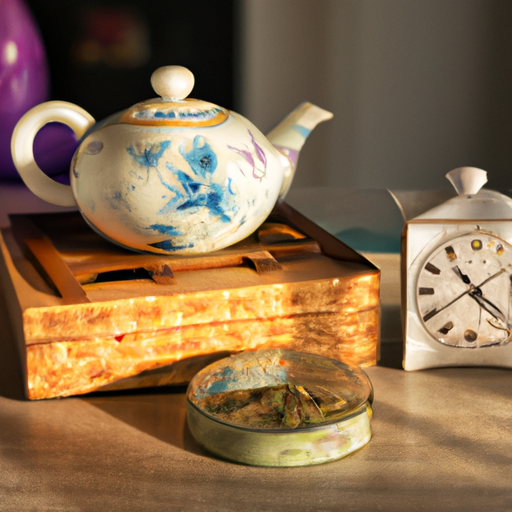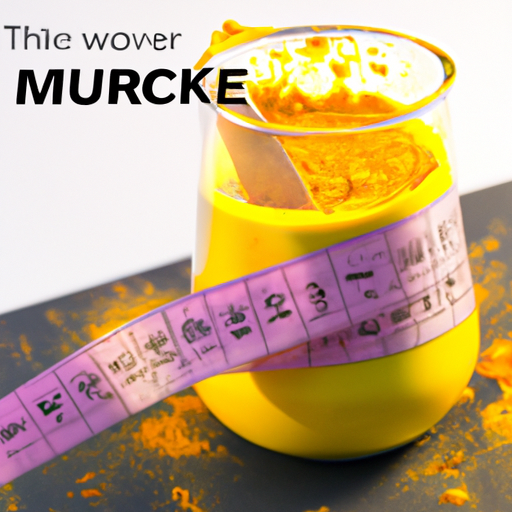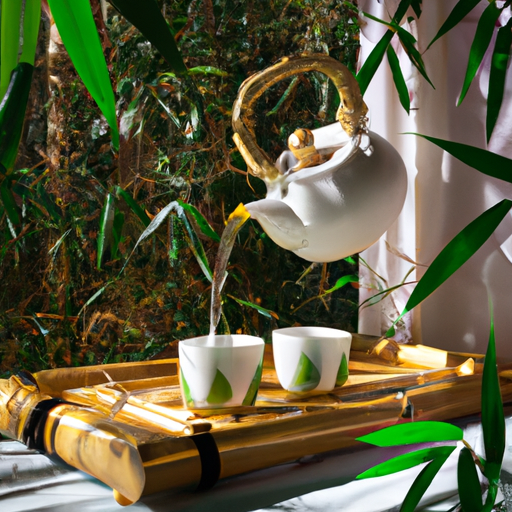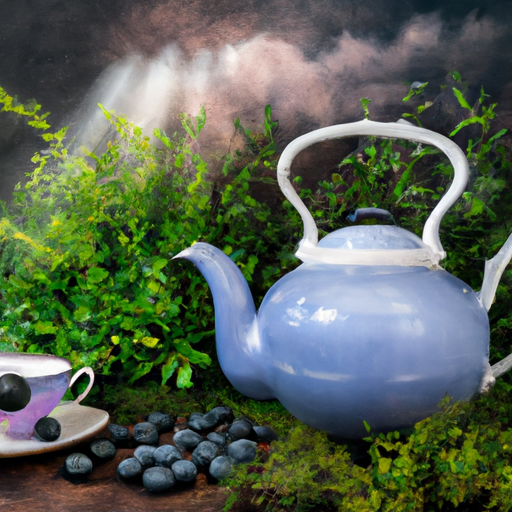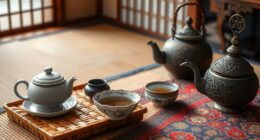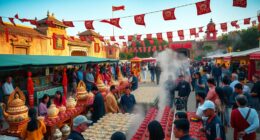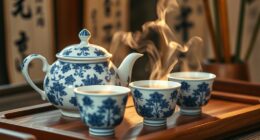Making the perfect cup of tea is an art that requires unwavering patience, the right equipment, and a deep understanding of easy brewing methods.
It is a pursuit that can transport you to a world of tranquility and sensory delight. Imagine, if you will, a symphony of flavors dancing on your tongue, each sip an exquisite revelation. This is the realm of loose leaf tea, where the true essence of this ancient beverage is unleashed.
While tea bags offer convenience, there is a world of untapped possibilities waiting to be explored.
In this article, I will guide you through the intricate world of brewing techniques, unveiling the secrets to unlocking the full potential of your tea. We will delve into the realm of tea utensils, discovering the wonders of the Gaiwan and the versatility of strainers and infusers. Furthermore, I will share alternative methods that allow you to experience loose leaf tea without the need for specialized teaware.
So, prepare to embark on a journey of sensory bliss, armed with patience, proper equipment, and easy methods. Together, we will uncover the path to the perfect cup of tea.
Key Takeaways
- Understanding the steeping times for different types of tea is essential for a perfect cup.
- The Gaiwan is a versatile and elegant Chinese tea utensil that allows for easy control of steeping time and water temperature.
- The French press can be used to make tea without tea bags, providing a smooth and flavorful brew.
- Improvised filters like coffee filters, cheese cloth, or gauze/muslin cloth can be used to enjoy loose leaf tea without specialized equipment.
Brewing Techniques
I love using different brewing techniques to make the perfect cup of tea without tea bags. It allows me to explore the diverse flavors of different types of tea leaves and experiment with steeping times for optimal taste.
Each tea variety requires a specific steeping time to bring out its unique characteristics. For delicate teas like green or white tea, a shorter steeping time of around 1-2 minutes preserves their subtle flavors. On the other hand, robust black teas benefit from a longer steeping time of 3-5 minutes to extract their rich and bold flavors. Herbal teas, such as chamomile or peppermint, require a longer steeping time of 5-7 minutes to fully infuse their soothing properties.
By understanding the different steeping times for various teas, I can ensure that each cup I brew is a truly exquisite experience.
Tea Utensils
Gaiwan is a traditional Chinese vessel suitable for brewing almost any type of tea. Its versatility and elegance make it an essential tool for tea enthusiasts. This unique tea utensil consists of three parts: a bowl, a lid, and a saucer. The bowl is used for steeping the tea leaves, while the lid helps to retain heat and aroma during the brewing process. The saucer serves as a convenient holder for the lid and prevents any spills. The Gaiwan’s design allows for easy control of steeping time and water temperature, resulting in a perfectly balanced cup of tea. Whether you’re brewing delicate green tea or robust black tea, the Gaiwan is the ideal choice for capturing the essence of each tea leaf.
Alternative Methods
One surprisingly effective way to make tea without tea bags is by using a French press. This versatile tool, commonly used for brewing coffee, can also be used to create a perfectly brewed cup of tea. By adding loose tea leaves to the French press and pouring hot water over them, you can easily steep the tea to your desired strength. The built-in filter in the French press ensures that no tea leaves end up in your cup, resulting in a smooth and flavorful brew.
In addition to the French press, there are other improvised filters and tea brewing hacks that can be used to make tea without tea bags. For example, using a coffee filter, cheese cloth, or gauze/muslin cloth can serve as makeshift filters. Alternatively, straining the tea through a small plate or using a flour sifter or regular fork as a makeshift strainer are also effective methods.
These clever alternatives allow you to enjoy the experience of loose leaf tea even without specialized tea equipment.
Frequently Asked Questions
What are the health benefits of drinking tea?
Tea offers numerous health benefits compared to coffee, including lower caffeine content and higher antioxidant levels. Exploring the different flavors and types of tea allows for a delightful and nourishing experience for both body and mind.
How long should I steep different types of tea?
Steeping techniques vary depending on the type of tea. Green tea should steep for 1-2 minutes at 175°F, black tea for 3-5 minutes at 212°F, and herbal tea for 5-7 minutes at 212°F. Optimal water temperature is crucial for extracting the flavors and benefits of each tea.
Can I reuse tea leaves for multiple infusions?
Yes, tea leaves can be reused for multiple infusions. By adjusting brewing techniques such as steeping time and water temperature, the flavors can be extracted from the leaves over several steepings, resulting in a delightful and economical tea experience.
How should I store loose leaf tea to maintain its freshness?
Proper storage techniques are crucial for maintaining the freshness and shelf life of loose leaf tea. Remember the adage "a stitch in time saves nine" and store your tea in an airtight container away from light, heat, and moisture.
Are there any specific teas that are recommended for different health conditions or concerns?
Teas for specific health conditions include chamomile for relaxation, ginger for digestion, and green tea for weight loss. Tea pairing with different foods can enhance flavors, like black tea with chocolate or white tea with seafood.
Conclusion
In conclusion, I must confess that crafting a cup of tea requires both precision and passion.
Patience is paramount, as the tea leaves dance in hot water, releasing their exquisite flavors.
Proper equipment, like the elegant Gaiwan or a humble strainer, aids in the art of steeping.
And let us not forget the alternative methods, where ingenuity meets necessity.
So, dear tea enthusiasts, embrace the opportunity to embark on this delightful journey.
With the perfect blend of patience, proper equipment, and easy methods, your tea experience will be a tantalizing triumph.

